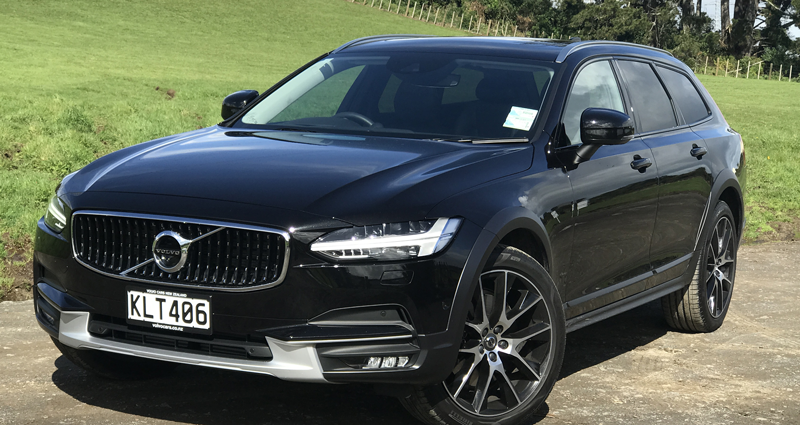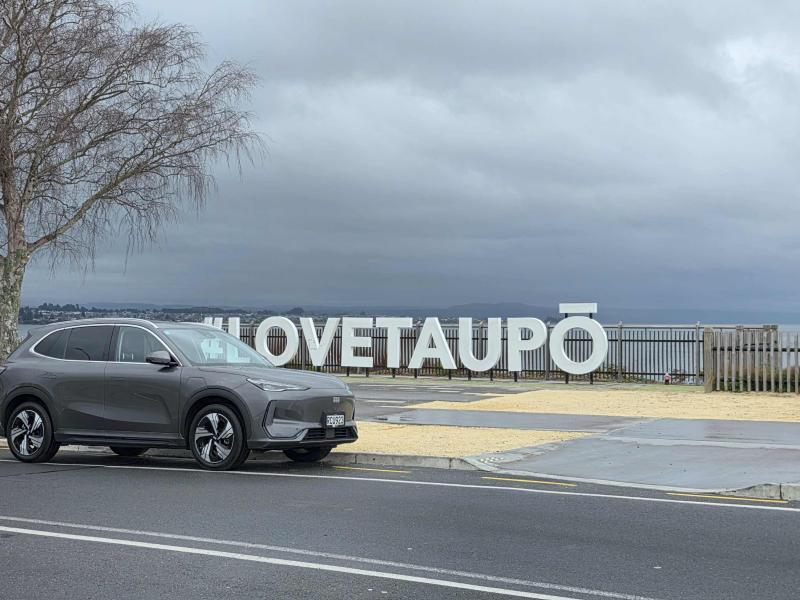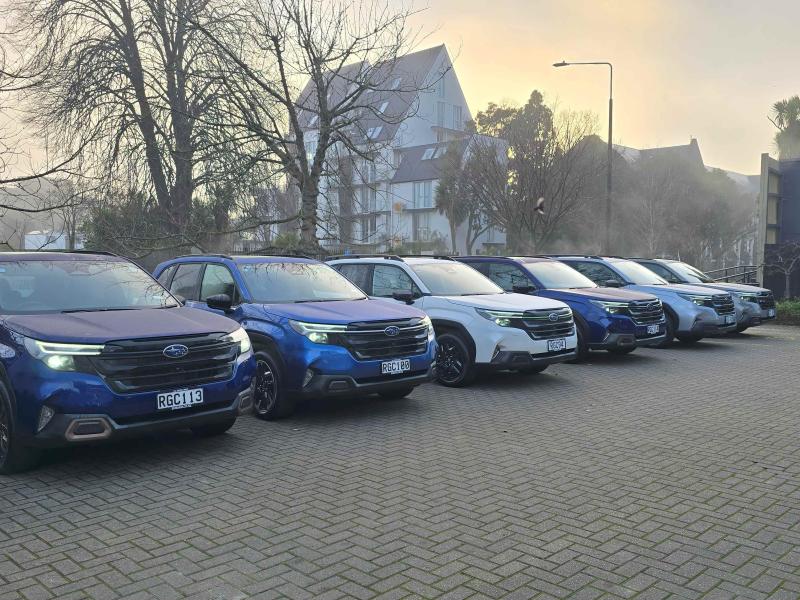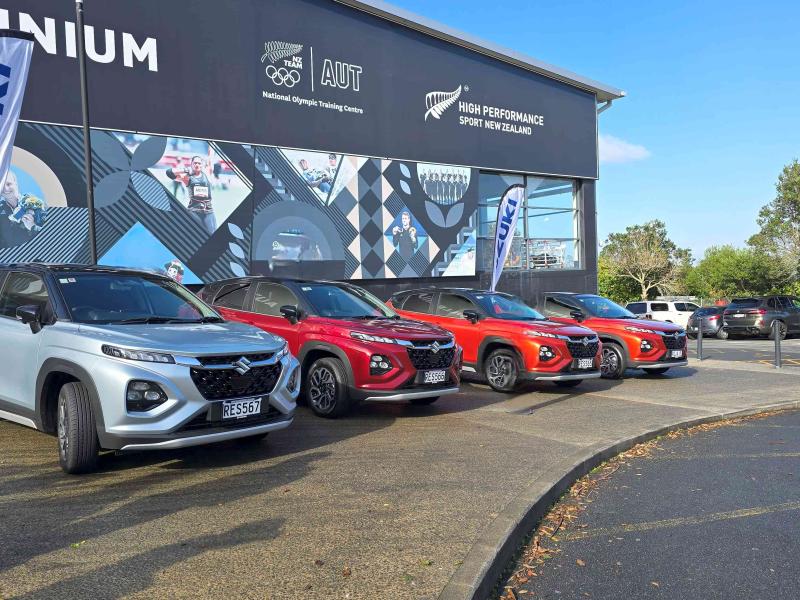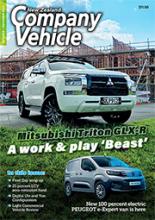The Cross Country fills the large wagon gap for Volvo, reports Damien O’Carroll.
While Volvo offers a wagon version of the S90 sedan – the V90 – the New Zealand distributor doesn’t bother with that one.
Why not? Because its a large wagon, which is a tiny fraction of the large car segment, which is tiny and ever shrinking.
What it does offer, however, is the semi-SUV version of said wagon – the V90 Cross Country, which is something that has a far higher chance of success in our particular market.
While it offers the S90 with the smooth and refined turbo/supercharged 2.0-litre petrol engine, the company has chosen to differentiate the two even more by only offering the V90 Cross Country with the D5 173kW/480Nm 2.0-litre turbo diesel engine, hooked up to an eight-speed automatic transmission.
This engine gives the SUV-styled Cross Country a distinctly different feel to the petrol-powered sedan we also test this issue. Not as powerful, but with more torque, and all of its power and torque way lower in the revs, the diesel belts off the line harder than the petrol, but does run out of breath sooner.
A slight diesel-y edge to the engine note tips you off, but it is still a remarkably refined and civilised oil-burner tucked under the V90’s long, sexy bonnet.
Power delivery differences aside, both the V90 Cross Country and the S90 sedan feel remarkably similar on the road, despite the wagon’s higher ride height.
Like its sedan sibling, the V90 does luxury exceptionally well, with a refined and cosseting ride.
It’s not going to match a BMW 5 Series into a corner, however, but to Volvo’s credit they haven’t really tried to match the BMW’s sportier edge.
Also like the sedan equivalent, the V90 Cross Country comes standard with a lot more equipment than that of Volvos past. It comes standard with huge range of safety and driver assists, including Volvo’s Pilot Assist semi-autonomous system, radar cruise control, a driver monitoring system, lane keep assist, Park Assist Pilot, run off road mitigation, road sign information, rear collision warning and mitigation, autonomous emergency braking with pedestrian and large animal recognition and plenty more as well.
But because this is ostensibly the SUV variant, it also includes hill descent control for those occasions you want to head off-road in your $103,900 wagon.
Something that all wagons pretending to be SUVs have in common is black plastic body cladding, just to make sure they don’t just look like oddly tall wagons. And, of course, the V90 Cross Country has this too.
It is, however, nicely judged and sparingly used, which is nicely in keeping with the V90’s restrained, handsome looks.
So why would you buy a V90 Cross Country over an XC90? That IS the big question.
Well, its certainly not price, as an XC90 D5 Inscription is a scant $1,000 more than the V90 Cross Country D5 Inscription.
But here’s the thing that would convince me – while the XC90 is an impressive handler for an SUV and possesses excellent ride quality, that extra height, weight and centre of gravity that the proper SUV has counts against it in the ultimate driving pleasure department.
There is something so much more satisfying about driving a wagon than an SUV, even a tall wagon that is pretending to be an SUV.
Because – like the S90 – the V90 Cross Country now comes standard with the equipment you would expect on a $100K car its too now represents good value for money and is a compelling argument against buying an SUV. And I really, really like it for that.
______
Specifications:
Body type 5 door wagon
Drive All wheel drive
Engine type Inline 4-cylinder turbo diesel
Engine capacity 2.0-litres
Max power 173kW @ 4000rpm
Max torque 480Nm @ 1750rpm
l/100km (Combined) 5.3
C02 emissions 149g/km
Boot capacity 560/1526
Spare tyre Space saver
ANCAP rating 5 star
Price $103,900


